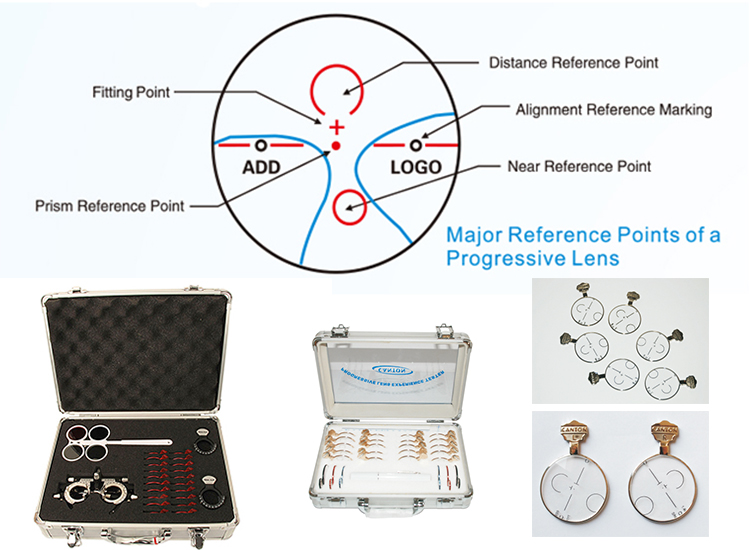What are Progressive Lenses?date:2013-05-03
Distinguishing from the traditional bifocal or trifocal lens types, progressive lenses use blended focal fields for optimum vision correction, to help the eyes focus correctly and flexibly at different distances. Users can transition from focusing from far to near without any image jump. Moreover, for the children, their eye-focusing musciles are not yet developed, multi-focal progressive lenses can sitimulate and train the eyes. And for the adults, as the body ages increase, the muscles holding the eye lens begin to lose resiliency, PALs have an assistant effect on easing visual fatigue.
Two different levels
Level I: soft design. This type of progressive lens offers a longer and wider vision field, which is suitable for the people who usually do a lot of close and intermediate work or have a larger frame.
Level II: hard design. This type of progressive lens is also called a short corridor lens. It can ensure the enhanced clarity of distance vision. If you use the lenses more for distance or you prefer a smaller frame, this type is a good choice.
Common Materials
1. Glass scratch-resistant but heavier
2. Regular plastic lighter but easy to scratch
3. High-index plastic thin but much heavier
4. Polycarbonate impact, scratch-resistant but less optical clarity
Due to the modern technology, the conventional lenses are mucher smaller than early progressive lenses. With digital lens processing, smaller progressive lenses have a more precise viewing area. However, a larger lens will result in a larger viewing area; if it is different to adapt to progressive lenses , the customers should try larger sizes lenses. Progressive lenses differ in the lens material, clarity, and field of view. So selecting a good progressive lens can make your eyes bright and comfortable.
